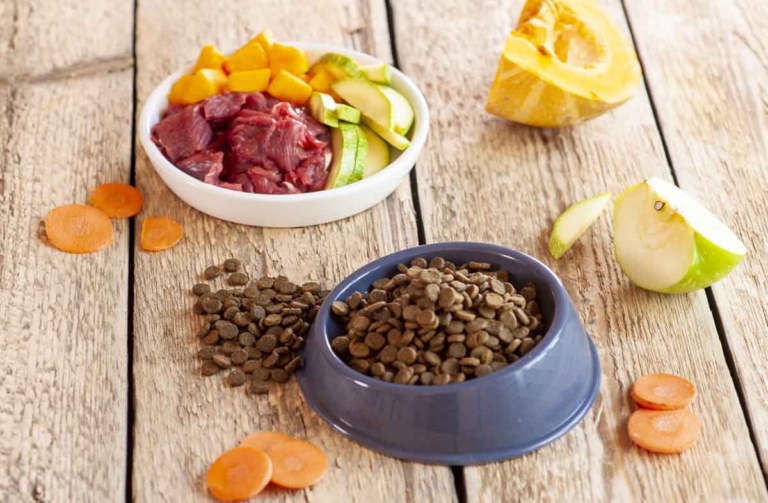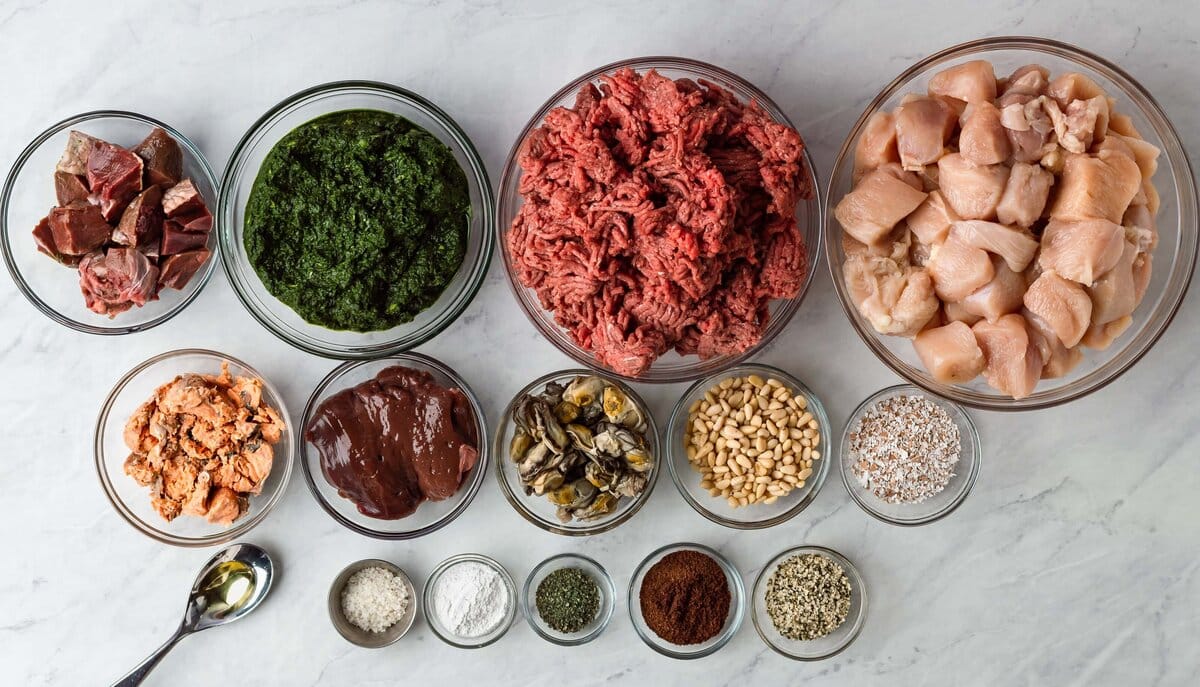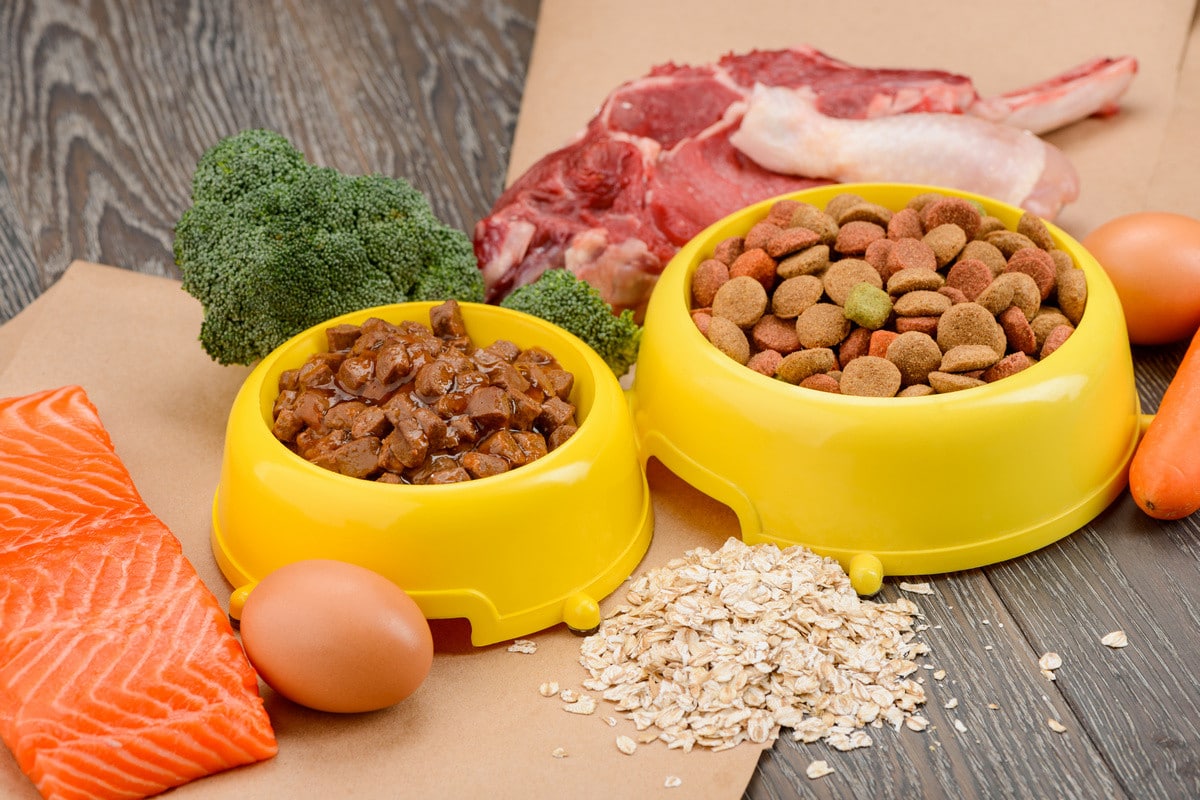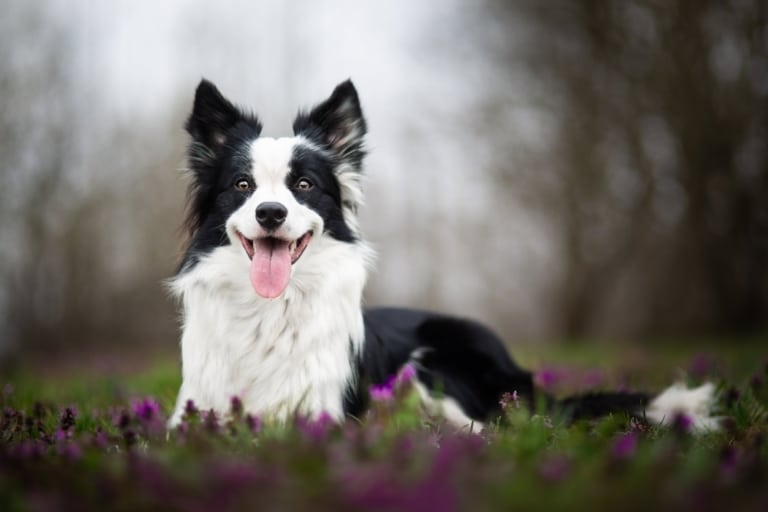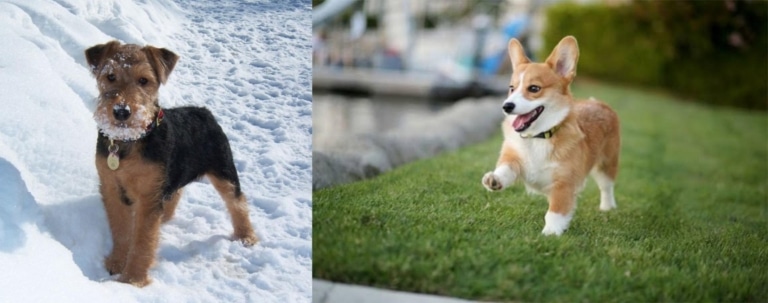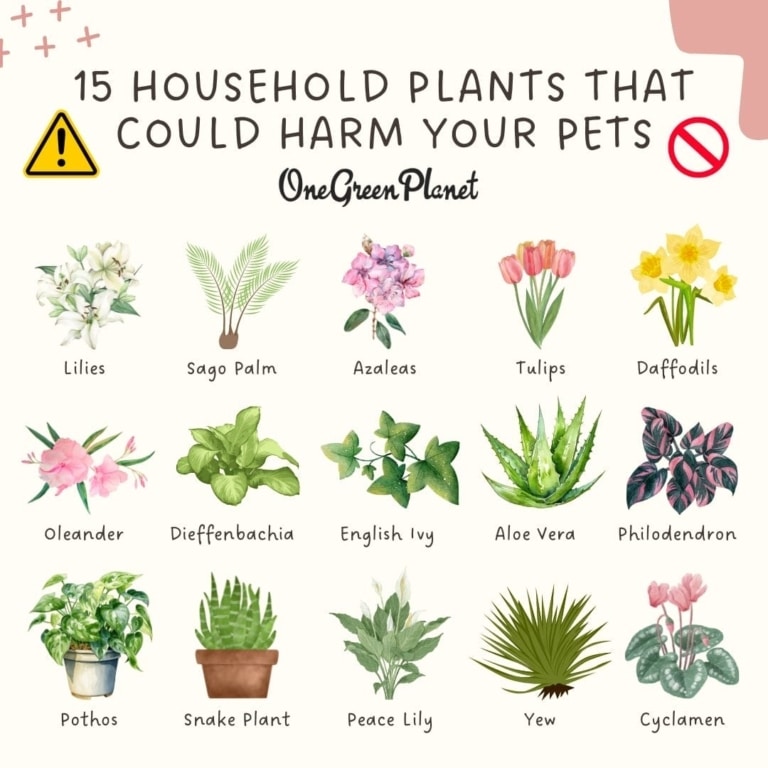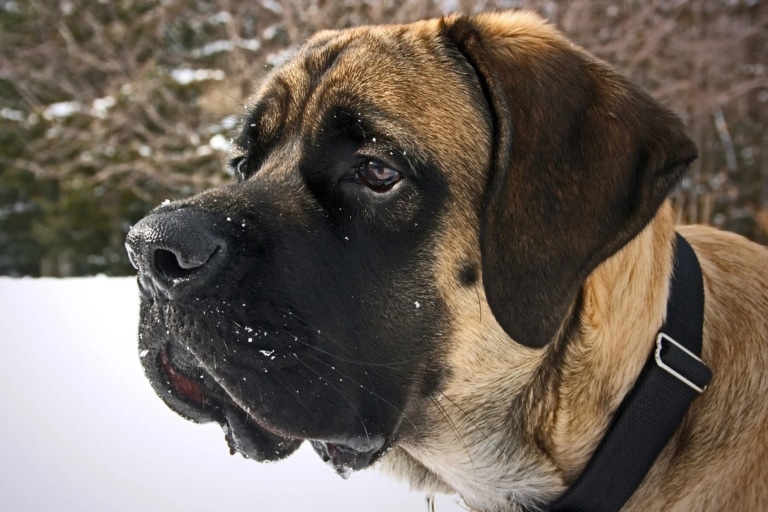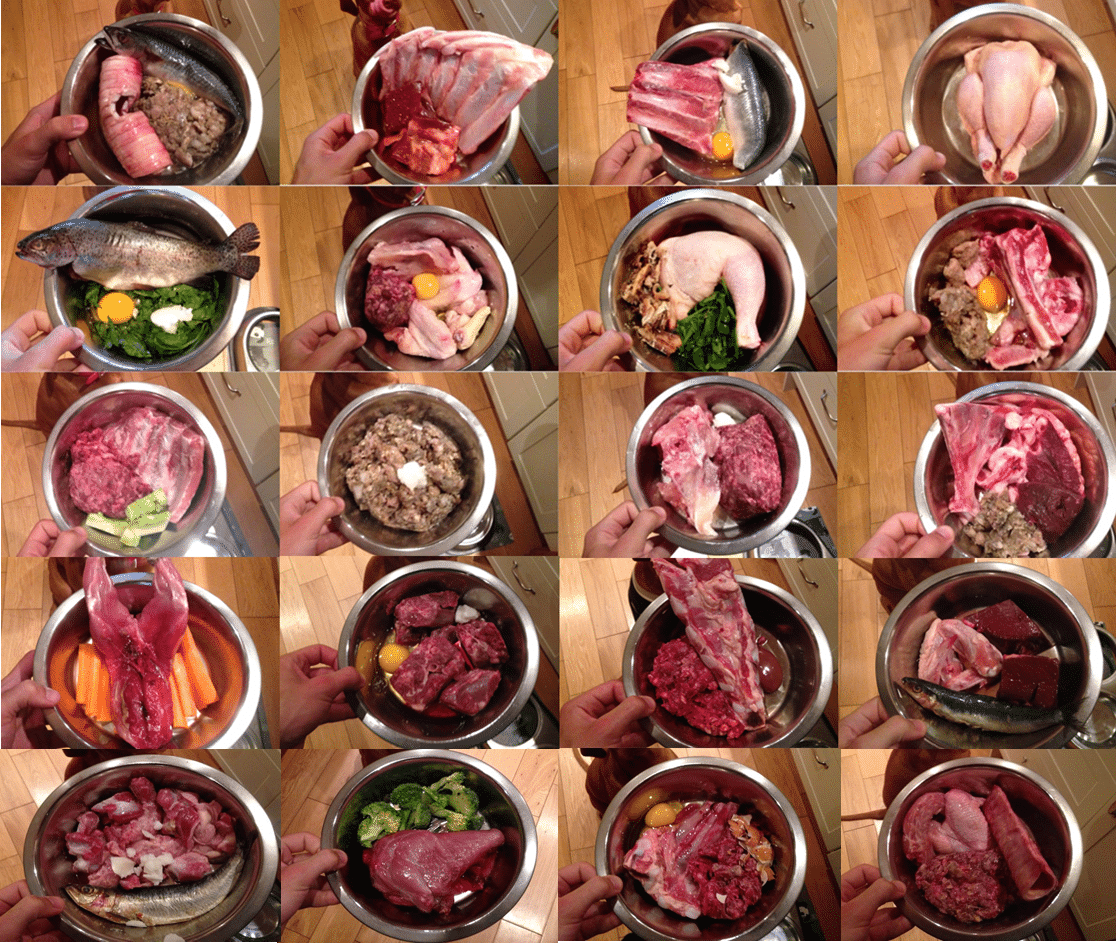
Most dog owners think that feeding a dog is just pouring food into a bowl. But it isn’t. It takes more than that to keep an animal healthy, energized, with a good coat and living for years to come – it takes more than that. And if you’re still oriented “by eye,” this article will change your mind. We’ve put together clear feeding charts by weight, age, and type of food – for both puppies and adult Ponytails.
Let’s talk about two feeding formats: natural food (as it’s also called – natural) and dry food (ready-made industrial diet). Both approaches have their benefits, but the key to both is to stick to the norm based on your dog’s weight, age, and activity level.
🥩 Feeding natural food (natural food)
Natural feeding is a complete home-cooked meal of fresh food: meat, vegetables, cereals, eggs, fish, fermented milk products. It requires more effort, but gives maximum control over the composition. The daily norm here is calculated as a percentage of the dog’s body weight, and depends on its age.
Approximate daily norm of natural food
| Weight of the dog | Puppies (up to 1 year old) – daily allowance | Adult dogs – daily allowance | Comment |
|---|---|---|---|
| 1-5 kg | 6-10% of body weight (60-500 g) | 5-7% of body weight (50-350 g) | Small breeds have a fast metabolism |
| 5-10 kg | 6-8% of body weight (300-800 g) | 4-5% of body weight (200-500 g) | Divided into 2-3 meals |
| 10-20 kg | 5-7% of body weight (500-1400 g) | 3-4% of body weight (300-800 g) | Medium breeds – balance of meat and vegetables |
| 20-30 kg | 4-6% of body weight (800-1800 g) | 2.5-3.5% of body weight (500-1000 g) | Don’t forget bones, cartilage |
| 30+ kg | 3-5% of body weight (900-2500 g) | 2-3% of body weight (600-1500 g) | It is important to give supplements – calcium, omega-3’s |
🔹 Recommended composition of natural food:
60-70% meat (including offal, bones, necks)
15-25% vegetables (carrots, zucchini, beets, etc.)
10-15% porridge (buckwheat, rice, oatmeal)
Egg 2-3 times a week, fish 1-2 times a week, fermented milk products, vegetable oil
🐶 Feeding dry food
Dry food is a convenient and balanced option, the main thing is to choose a quality brand and correctly calculate the amount of food. The norms depend on the caloric content of the food, the dog’s activity and age. Our table shows approximate portions for food with an average energy value (350-400 kcal/100 g).
Table of feeding dry dog food
| Dog weight | Low activity | Medium activity | High activity |
|---|---|---|---|
| 1-5 kg | 25-70 г | 30-90 г | 35-110 г |
| 5-10 kg | 70-120 г | 90-150 г | 110-180 г |
| 10-20 kg | 120-200 г | 150-250 г | 180-300 г |
| 20-30 kg | 200-300 г | 250-350 г | 300-450 г |
| 30-40 kg | 300-400 г | 350-450 г | 450-550 г |
| 40+ kg | 400-500 г | 450-600 г | 550-700 г |
🔹 Useful dry food tips:
Always refer to the manufacturer’s chart – it is more accurate for a particular food formulation
Keep an eye on your dog’s weight – adjust the ration if he loses or gains weight
Fresh water should be available at all times
When switching from one food to another – mix gradually over 7-10 days
Conclusions
There is no universal figure that fits every dog. But by focusing on weight, age and activity level, you can create the perfect diet just for your Pet. Proper nutrition means a long life, strong immunity and good health.

